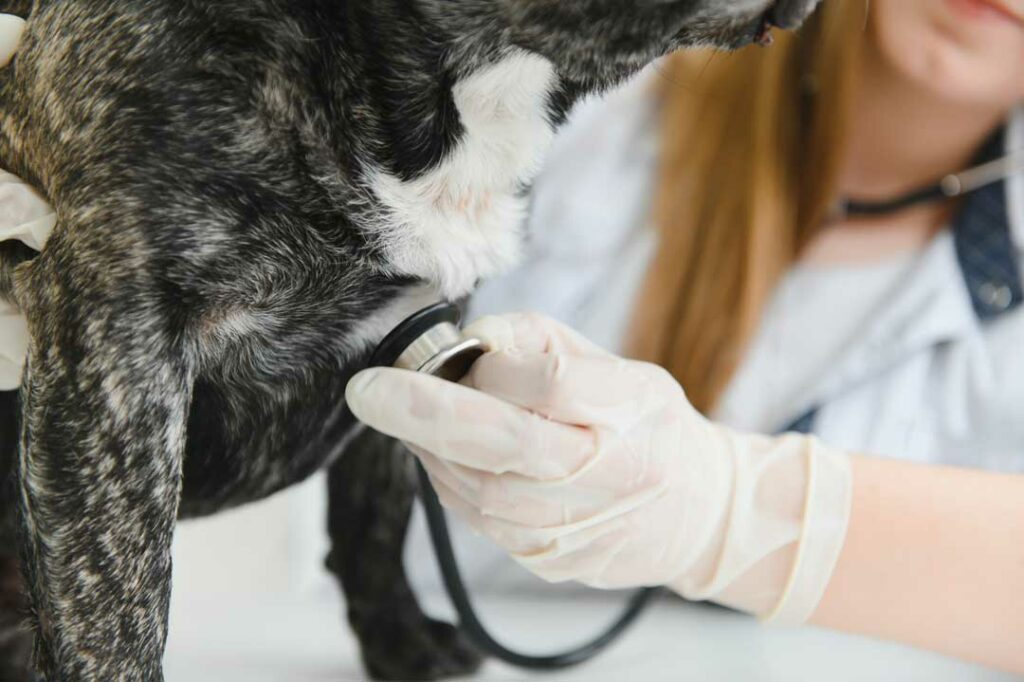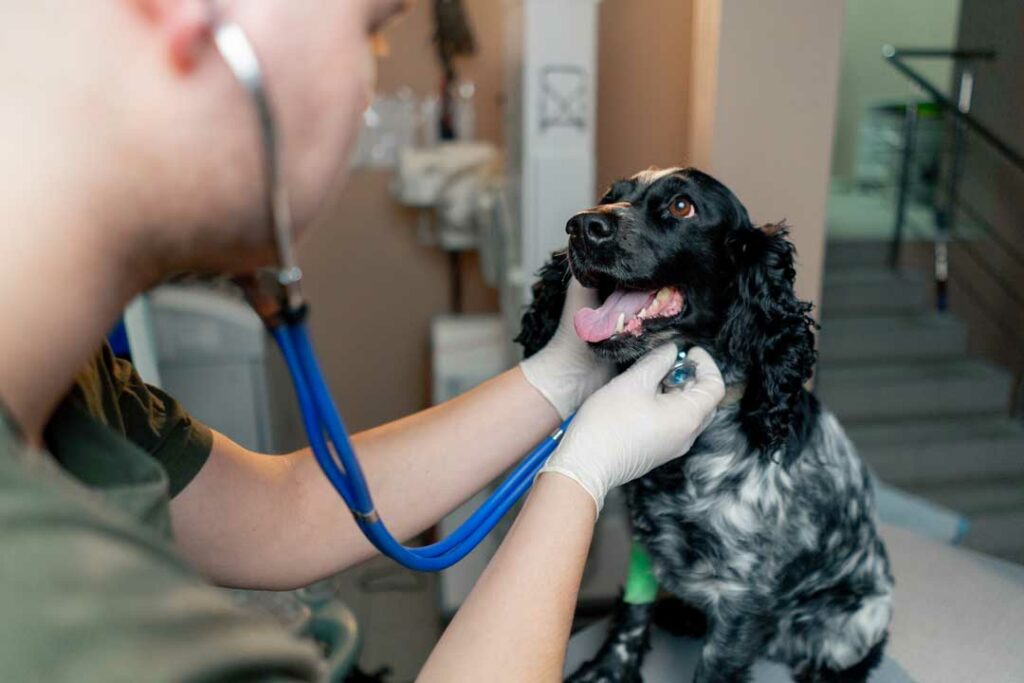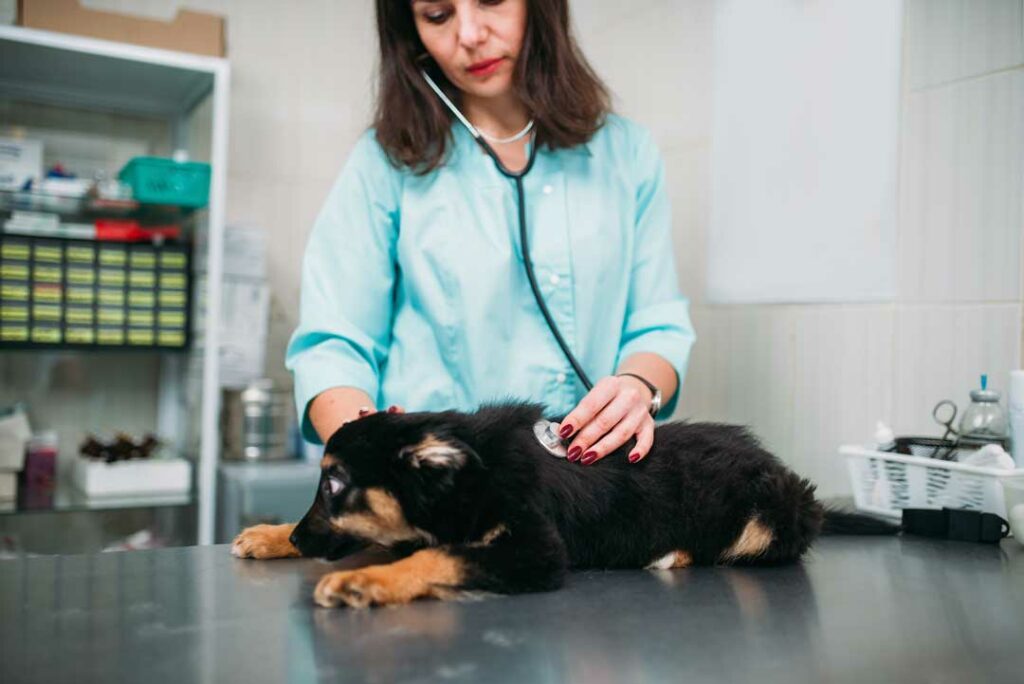Dog insurance plans aren’t just a luxury—they’re a smart way to protect your pet and your wallet from unexpected vet bills.

Want to protect your furry family member without breaking the bank?
Dog insurance is one of those things most pet owners completely ignore… until disaster strikes. With 38% of pet households going into debt just to cover emergency vet bills, understanding dog insurance coverage for your family pet isn’t optional anymore.
The Ultimate Guide to Choosing Dog Insurance Plans That Work
The average emergency vet visit costs $1,500 without insurance protection. Most dog owners are walking around completely unprepared for this financial hit.
And here’s the kicker…
A single accident or serious illness can drain your savings faster than you’d ever imagine. Without the right dog insurance policy, you’re basically gambling with your family’s financial future every single day.
Your roadmap ahead:

- Understanding Dog Insurance Coverage Basics
- Types of Coverage Plans Available
- Key Factors That Affect Your Premiums
- How to Compare Insurance Providers
- Making the Smart Choice for Your Budget
Understanding Dog Insurance Coverage Basics
It’s a simple reimbursement system. You pay monthly premiums, your dog needs veterinary care, you pay the vet bill upfront, then submit claims to get money back based on your policy terms.
But here’s where most people get confused…
Not all dog insurance policies work the same way. There are three main types of coverage plans, and understanding these differences can literally save you thousands of dollars over your dog’s lifetime.
Accident-only coverage is the most basic option available. It protects against unexpected injuries like broken bones, cuts, or poisoning incidents. Cheap monthly premiums, but very limited protection.

Accident and illness coverage is where things get interesting. This extends protection to include diseases, infections, cancer treatments, and chronic conditions. This represents the sweet spot for most dog owners who want comprehensive protection without paying for unnecessary extras.
Wellness coverage sounds appealing because it adds routine care like vaccinations, dental cleanings, and annual checkups to your policy. But here’s the thing… it often costs more than just paying for routine care out of pocket.
The key to understanding dog insurance coverage for your family pet?
You always pay the vet bill first, then get reimbursed later. No upfront coverage like human health insurance.
Types of Coverage Plans Available
When you start shopping for dog insurance, you’ll encounter flexible coverage options that can be customized to fit your specific needs and budget.
But here’s what you need to know:
Each plan type offers different levels of protection and comes with drastically different premium costs.
Annual coverage limits determine the maximum amount your insurer will pay out each year. Options typically range from $5,000 to unlimited coverage. Higher limits mean higher premiums, but they also provide much better protection against those catastrophic veterinary bills that can destroy your budget.

Deductible choices directly affect both your premium costs and out-of-pocket expenses. Lower deductibles mean higher monthly premiums but less money paid upfront when you actually need to file claims. Most policies offer deductibles between $100 and $1,000.
Reimbursement percentages control exactly how much of your eligible veterinary bills get covered after you meet your deductible. Common options include 70%, 80%, and 90% reimbursement levels. Higher percentages cost more but provide significantly better financial protection when you need it most.
Now here’s the biggest limitation you need to understand:
Pre-existing condition exclusions. Any health issues diagnosed before your coverage begins won’t be covered. Ever. This is exactly why getting insurance while your dog is young and healthy makes perfect financial sense.
Waiting periods also apply to brand new policies. Most insurers impose 14-day waiting periods for illnesses and 2-6 months for orthopedic conditions. This prevents people from getting insurance only after their dog gets sick.
Pretty smart system, right?
Key Factors That Affect Your Premiums
They’re not random numbers pulled from thin air. Insurance companies use very specific criteria to calculate your monthly costs, and understanding these factors helps you find better deals while avoiding overpaying for coverage you don’t actually need.
Your dog’s breed plays a massive role in premium calculations. Larger breeds like German Shepherds and Golden Retrievers typically cost significantly more to insure than smaller breeds like Chihuahuas. Why? Because bigger dogs tend to have more expensive health problems throughout their lives.

Age at enrollment impacts your premiums more than most people realize. Average dog insurance costs $676 annually, but puppies under one year old pay substantially less than senior dogs over seven years old. Starting coverage early literally locks in lower rates for your dog’s entire life.
Geographic location affects pricing because of varying veterinary costs across different regions. Urban areas with higher living costs typically see much higher insurance premiums than rural locations.
Coverage selections directly control your premium amounts. Comprehensive plans with low deductibles, high reimbursement percentages, and unlimited annual limits cost dramatically more than basic accident-only coverage.
Here’s a money-saving tip most people miss:
Multi-pet discounts can reduce costs for households with multiple dogs or cats. Many insurers offer 5-10% discounts when you insure multiple animals, making comprehensive coverage much more affordable for pet-loving families.
How to Compare Insurance Providers

Want to know the biggest mistake dog owners make?
They compare dog insurance providers based only on monthly premium costs.
The cheapest option is rarely the best value when you factor in coverage limitations, claim processing times, and customer service quality.
Coverage exclusions vary dramatically between different insurers. Some companies exclude hereditary conditions, hip dysplasia, or specific breed-related problems completely. Others offer comprehensive coverage with minimal exclusions. This matters more than you think.
Claim processing speed affects how quickly you actually get reimbursed for expensive veterinary treatments. Top-tier companies process claims within 2-5 business days, while slower insurers might take several weeks. When you’re dealing with expensive treatments, this becomes critically important.
Customer service quality becomes absolutely crucial when you need help filing claims or understanding complicated coverage details. Check online reviews and ratings to see exactly how well companies handle customer inquiries and claim disputes.
Annual premium increases impact your long-term costs way more than initial pricing. Some insurers raise rates significantly as your dog ages, while others maintain much more stable pricing structures throughout your pet’s lifetime.
Here’s something most people don’t realize:
The pet insurance market reached $4.27 billion in North America during 2023. This creates intense competition that actually benefits consumers through better coverage options and more competitive pricing.
Making the Smart Choice for Your Budget
Choosing the right dog insurance requires balancing comprehensive protection with affordable monthly premiums you can actually maintain long-term.

The goal isn’t finding the absolute cheapest policy available. It’s identifying coverage that provides adequate financial protection without completely destroying your monthly budget.
Calculate your maximum veterinary expense comfort zone. Most dog owners can comfortably handle routine care and minor emergencies costing under $1,000. Dog insurance becomes truly valuable for expenses exceeding this threshold.
Consider your dog’s specific risk factors. Young, healthy mixed breeds need much less comprehensive coverage than older purebred dogs that are prone to expensive genetic health issues.
Evaluate your emergency fund situation honestly. Households with substantial emergency savings might choose higher deductibles to reduce monthly premiums. Those living paycheck-to-paycheck benefit significantly from lower deductibles despite higher monthly costs.
Factor in realistic long-term cost projections. Dog owners spend $2,351 annually on average, with insurance representing just a small fraction of total ownership costs.
Start coverage while your dog is completely healthy. Pre-existing conditions get excluded permanently, so enrolling before health problems develop ensures maximum coverage availability throughout your dog’s entire lifetime.
Here’s the brutal truth:
Most dog owners drastically underestimate veterinary costs until they’re facing a major emergency. Having the right insurance policy transforms potentially devastating expenses into manageable monthly premiums.
Securing Your Dog’s Health Future
Understanding dog insurance coverage for your family pet really isn’t complicated when you focus on the fundamentals that actually matter.
The pet insurance industry continues growing at an incredible pace, with nearly 5.7 million pets insured in the United States as of 2023. This reflects rapidly increasing awareness about the genuine financial benefits of comprehensive coverage.
Dog insurance works best when you:
- Enroll while your dog is young and healthy
- Choose coverage levels matching your actual financial situation
- Understand policy limitations and exclusions completely upfront
- Compare multiple providers before making any final decisions
- Consider long-term costs rather than just focusing on initial premiums

Best Dog Insurance Plans for Emergencies and Everyday Care
The best dog insurance policy is one you can afford to maintain throughout your dog’s entire lifetime. Dropping coverage due to premium increases completely defeats the purpose of having protection in the first place.
Don’t wait until your dog needs expensive treatment to start exploring insurance options. By then, any diagnosed conditions become permanent pre-existing exclusions that won’t be covered by new policies.
Take action now to protect your dog’s health and your family’s financial security. The peace of mind from knowing you can afford excellent veterinary care when your furry family member needs it most is worth every single penny.

Jessi is the creative mind behind The Coffee Mom, a popular blog that combines parenting advice, travel tips, and a love for all things Disney. As a trusted Disney influencer and passionate storyteller, Jessi’s authentic insights and relatable content resonate with readers worldwide.



